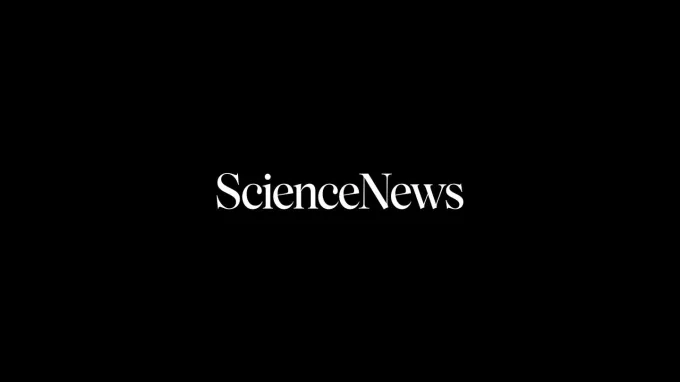Science News Magazine: Current Issue
Vol. 162 No. #3
Trustworthy journalism comes at a price.
Scientists and journalists share a core belief in questioning, observing and verifying to reach the truth. Science News reports on crucial research and discovery across science disciplines. We need your financial support to make it happen – every contribution makes a difference.
More Stories from the July 20, 2002 issue
-
 Health & Medicine
Health & MedicineMelanoma gene quickly reeled in
Biologists have discovered a gene that may contribute to many cases of deadly skin cancer.
By John Travis -
 Tech
TechSoftware bugs cost big bucks
An epidemic of software errors in industrial computer programs is costing the United States $60 billion per year.
By Peter Weiss -
 Health & Medicine
Health & MedicineMethod could boost diabetes therapy
Allowing insulin-producing islets to grow in close contact with each other during cell culture may increase the chance of successful transplant into diabetic people.
-
 Earth
EarthStudy links cancer to Vatican Radio
Broadcast transmissions from a forest of antennas owned by Vatican Radio, outside Rome, appear to have boosted leukemia incidence in neighboring communities.
By Janet Raloff -
 Physics
PhysicsPaper planes get laser liftoff
Powering aircraft by remote lasers works—at least on paper.
By Peter Weiss -
 Health & Medicine
Health & MedicineStudy fails to link vasectomy to cancer
Researchers have found that men with prostate cancer are no more likely to have had a vasectomy than healthy men are.
By Nathan Seppa -
 Health & Medicine
Health & MedicineAntioxidants for greyhounds? Not a good bet
Antioxidant vitamins that greyhound racers have been giving their animals to boost performance actually slow down the dogs.
By Janet Raloff -
 Health & Medicine
Health & MedicineGender differences in weight loss
Men and women gain weight differently and may lose it differently, too.
-
 Paleontology
PaleontologySkimming the Surface: Flying reptile may have scooped its meals
Fossils unearthed in Brazil strengthen the idea that some species of ancient flying reptiles snatched their meals on the fly, snapping up fish as they swooped low over the water's surface.
By Sid Perkins -
 Health & Medicine
Health & MedicineDisabled Defense: HIV protein counters immune-cell gene
Immune cells contain a protein that can inhibit HIV replication if the AIDS virus lacks a key protein.
By John Travis -
 Health & Medicine
Health & MedicineMore than Skin Deep? Beauty products may damage fetal development
A new report shows that many cosmetics contain phthalates—a class of chemicals known to cause developmental deformities in animals.
-
 Health & Medicine
Health & MedicineMixed Blessing: Unusual gene helps heart, hurts immunity
People carrying a variant of a gene that encodes an immune protein called toll-like receptor 4 have a weaker defense against infections but appear to be less prone to heart disease.
By Nathan Seppa -
 Physics
PhysicsHeavy Suspicion: Elemental discoveries trace to fake data
A prominent physicist has lost his job following allegations that he fabricated the evidence underpinning his team's now-discredited discovery of elements 116 and 118.
By Peter Weiss -
 Health & Medicine
Health & MedicineSleepy Heads: Low fuel may drive brain’s need to sleep
A new study supports the hypothesis that dwindling energy stores in the waking brain induce sleep.
By Kristin Cobb -
 Archaeology
ArchaeologyThe Original Cocoa Treat: Chemistry pushes back first use of the drink
Analysis of residues from ancient Maya vessels has revealed that the pots held cocoa almost 1,000 years before its previously known earliest use.
-
 Astronomy
AstronomyDying star illuminates its own shroud
Images of a planetary nebula, taken by the Hubble Space Telescope in 1997 but only recently assembled as a color composite, show a shroud of material cast off and ionized by the dying, sunlike star Henize 3-401.
By Ron Cowen -

-
 Earth
EarthCrisis on Tap?
Because people are becoming ever more dependent on underground aquifers as sources of water, scientists are striving to understand better how groundwater systems interact with the water that flows across Earth's surface.
By Sid Perkins
